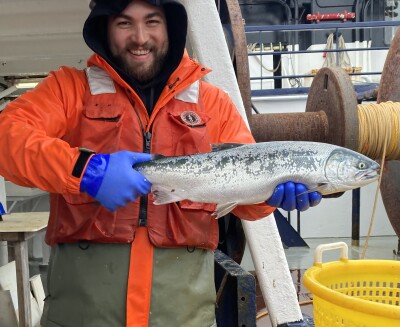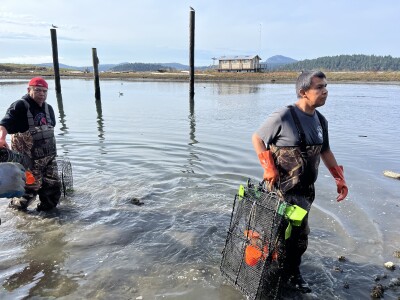The National Marine Fisheries Service Alaska Regional Office offers a shorthand guide to its authorization of pot gear for the Gulf of Alaska IFQ sablefish fishery’s 2017 season.
Why did NMFS authorize pot gear?
Pot gear is intended to reduce the effects of whale depredation.
Who can use pot gear?
Any operator in the Gulf of Alaska IFQ regulatory area can use pot gear, pending compliance. Any size boat is allowed to fish pot gear.
What types of pot gear can be used?
NMFS authorizes only longline pot gear, which means a stationary, buoyed and anchored line with two or more pots attached. A biodegradable panel of 18 inches and a 9" x 9" tunnel opening must be equipped on the pot.
Can vessels use pot gear and hook-and-line on the same trip?
Yes.
Can a vessel keep a halibut if landed in a pot?
Yes, if the operator complies with all the NMFS requirements and there is a valid, unused halibut IFQ aboard the vessel.
How many pots can be used per vessel?
This varies by area:
- Southeast Outside — 120 pots
- West Yakutat — 120 pots
- Central GOA — 300 pots
- Western GOA — 300 pots
How does a vessel owner register for pot gear tags?
Vessel owners can fill out the form on the NMFS website. Upon approval, tags will be awarded at no cost.
What are the requirements for marking pot gear?
Each end of a set of longline pot gear must have a cluster of four or more buoys, a flag mounted on a pole and a radar reflector. One hard buoy in the cluster must be marked with the letters LP, in addition to other pertinent fishery registration information.







